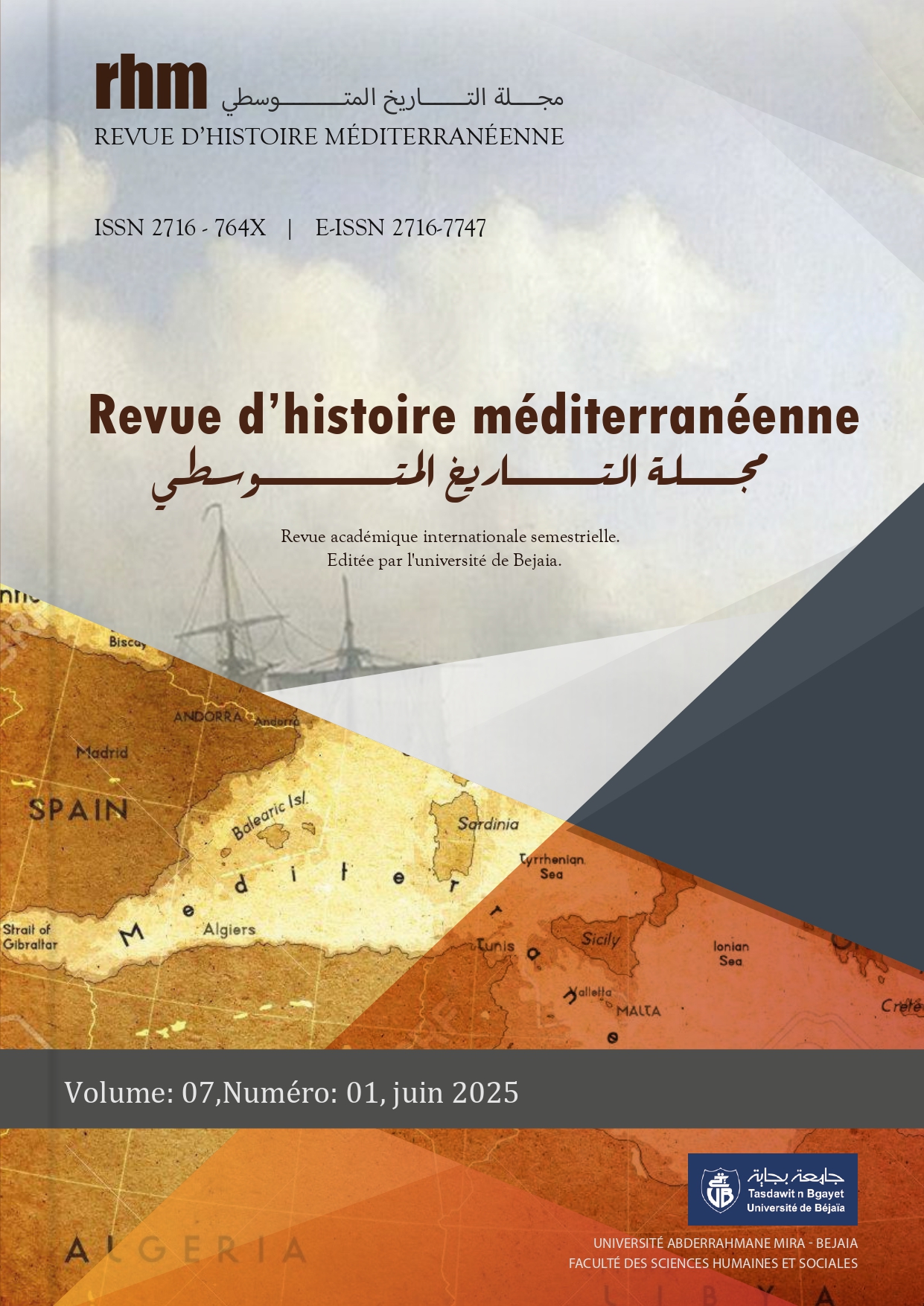الأوبئة والأمراض في عُمان بين التوثيق والاغفال ( 13 – 14هـ/ 19 – 20م): دراسة تاريخية تحليلية
Epidemics and diseases in Oman between documentation and neglect (13th–14th AH / 19th–20th CE): A Historical and analytical study
Abstract
This study seeks to examine the epidemics and diseases that affected Oman during the thirteenth and fourteenth centuries AH (nineteenth and twentieth centuries CE). It aims to shed light on the health and living conditions of the population and their role in the spread of epidemics, as well as the ways in which the population responded to these diseases. The study further explores the methods and remedies employed by Omanis to prevent and treat such outbreaks. A central issue addressed by this research is the lack of studies covering this period, which has resulted in a significant gap in the historical record of Oman concerning epidemics and diseases. Local records often neglected these topics, and historical accounts have largely relied on foreign reports and the writings of travelers who visited the region—sources that, while valuable, have notable limitations. This neglect mirrors a broader pattern in Omani historiography, where attention has predominantly focused on Qur’anic sciences, interpretation, and jurisprudence, with less emphasis on political, cultural, and medical history. Consequently, researchers often encounter a substantial void in these areas.
The study adopts the historical method to trace the epidemics and diseases that spread in Oman during the specified period. It also employs an inductive approach for gathering data, analyzing its implications, and making comparisons—an approach necessitated by the scarcity of written sources on the topic. The research covers the major epidemics and diseases that spread in Oman and investigates the factors contributing to their proliferation, such as Oman’s geographical location and its proximity to densely populated centers in Asia and Africa. Oman’s role as a hub of maritime trade and navigation also facilitated the spread of diseases. The study examines the contributions of Muslim scholars to the understanding of epidemics and highlights the earliest writings in this field.
Among the most notable diseases discussed are the plague, one of the deadliest epidemics in human history. References to its spread in Oman are found in select manuscripts, which indicate that its waves coincided with outbreaks in the wider Arabian Peninsula and the Levant. The research also explores the impact of smallpox, which claimed many lives in Oman and is mentioned in several jurisprudential texts. Cholera, often associated with India, also reached Oman and spread in conjunction with other diseases such as malaria, particularly in the northern and southern coastal regions. Other widespread ailments included eye and skin diseases. Omani physicians, especially in the tenth century AH, made efforts to treat these illnesses using herbal remedies and traditional medicinal practices. Treatment methods included isolating the sick and administering empirically tested prescriptions. Historical records mention several Omani judges and governors who contracted these diseases, and accounts from foreign visitors to Oman in the early twentieth century also describe cases of infection.
The study uncovers significant findings related to the nature, spread, and social impact of these diseases. Chief among its conclusions is that Oman witnessed repeated outbreaks of major epidemics—such as the plague, smallpox, and cholera—due to multiple factors, including its geographic location and status as a key commercial and transit center. These outbreaks claimed hundreds of lives and were often linked to epidemics occurring in other Islamic and connected regions. Although local documentation is limited, the study identifies important references to individuals affected by these illnesses. It also emphasizes the value of foreign accounts and travel literature—despite their limitations—when critically analyzed, as they offer key insights into the spread and effects of diseases in Oman during this understudied period.










